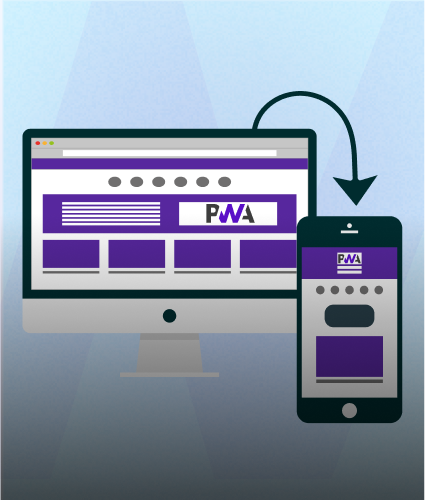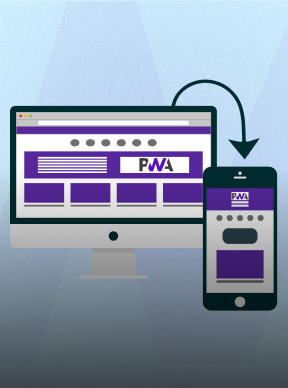Introduction: The Challenge of API Management
In the world of iOS development, managing API calls efficiently is a critical challenge that can make or break your application's performance and maintainability. Many developers struggle with scattered API logic, hardcoded endpoints, and inconsistent error-handling problems that lead to fragile, difficult-to-maintain codebases.
The Pillars of a Robust API Architecture
A well-designed API architecture should address several key concerns:
- Centralization: 📍 Keep all API-related configurations in one place.
- Flexibility: 🔄 Easily switch between different environments.
- Abstraction: 🎭 Simplify API interactions across your application.
- Error Handling: ⚠️ Provide consistent and informative error management.
- Scalability: 📈 Support easy addition of new API endpoints and request types.
The Problem with Unstructured API Calls
Before diving into our solution, let's understand the common pitfalls developers face:
- Scattered Endpoints: 🗂️ APIs spread across multiple files.
- Hardcoded URLs: 🔗 Making changes becomes a nightmare.
- Inconsistent Error Handling: 🚨 Each network call handles errors differently.
- Environment Management Challenges: 🌐 Switching between development and production environments.
- Repetitive Boilerplate Code: 🖋️ Writing similar networking logic repeatedly.
Our architecture will solve all these problems systematically.
Recommended Architecture Components
Endpoint Configuration (APIEndpoint.swift)
It serves as your single source of truth for all API endpoints, eliminating duplication and reducing errors from manual URL typing.
Key Features:
- Dynamic Base URL: Read baseURL dynamically based on the current environment.
- Hierarchical Organization: Group endpoints logically (e.g., Auth, User).
- Type-Safe URL Construction: Avoid errors from manually typing URLs.
- Support for Versioning: Easily add API versioning if required.
Environment Management (EnvironmentManager.swift)
Manages different environments (Development, Staging, Production) and their specific configurations.
How to Use Dynamically:
- Switch Environments Easily:
Update EnvironmentManager.current to select the desired environment (e.g., during builds or through runtime configuration). - Integrate with Build Configurations:
Use build configurations to dynamically set the environment (e.g., Debug, Release).
Generic Network Manager (NetworkManager.swift)
Manages all network requests with comprehensive error handling and response parsing.
Dependencies:
This implementation uses Alamofire for networking. Install it via CocoaPods or Swift Package Manager.
Real-Time Scenarios:
- API Requests: Use NetworkManager.request for standard GET/POST calls.
- File Uploads: Use NetworkManager.uploadMultipart for uploading files or images.
API Client Layer (APIClient.swift)
Provides clean, domain-specific interfaces for making API calls.
Best Practices and Considerations
- Use Codable for Parsing: Leverage Swift's Codable protocol for robust JSON parsing.
- Implement Comprehensive Error Handling: Create custom error types for meaningful information.
- Support Multiple Environments: Easily switch configuration based on your environment setup.
- Keep Concerns Separated: Separate endpoint configurations, network managers, and API clients.
- Leverage Dependency Injection: Inject dependencies like NetworkManager for better testability.
Real-World Usage Example
Conclusion
By implementing a structured API architecture, you transform API management from a potential source of complexity into a streamlined, maintainable system. The key is creating layers of abstraction that simplify interactions while providing flexibility and robustness.
✨ Key Takeaways:
- Centralize endpoint and environment configurations 📍
- Create a generic, reusable network manager 🛠️
- Use type-safe API clients ✅
- Implement comprehensive error handling ⚠️
- Leverage Swift's type system and protocols 💡
A well-designed API layer is an investment in your app's long-term maintainability and scalability.




.svg)

.svg)



.svg)

.svg)








.png)
.png)
.png)



.png)
.png)
.png)



